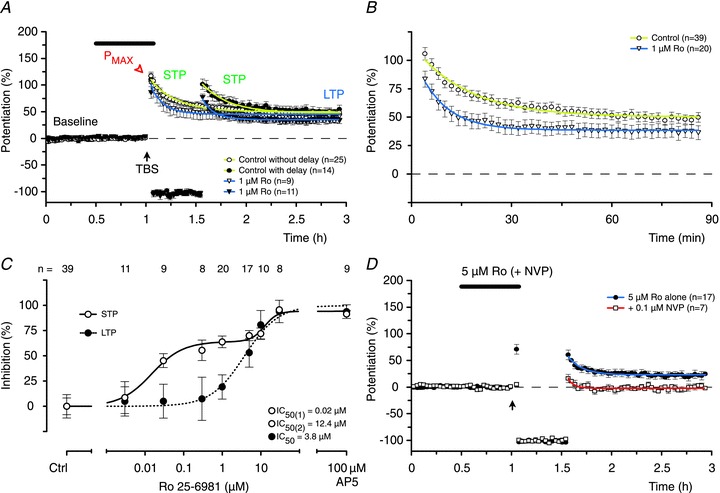Figure 6. Ro is more potent at blocking STP than LTP.

A, Ro (1 μm) reduced STP significantly (P < 0.001, ANOVA, DT) but had no effect on LTP (P > 0.05, ANOVA, DT). There were no differences between experiments with (closed symbols) and without (open symbols) the delay in stimulation. B, pooled data from experiments using 1 μm Ro with and without the delay in stimulation. C, Ro inhibited STP in a biphasic fashion (600-fold difference between the IC50 values) whereas a single sigmoidal curve was sufficient to describe its effects on LTP. Significant inhibition of LTP (when compared to the control) was seen with concentrations of Ro of 5 μm or more (P < 0.01, ANOVA, DT). D, the residual component of STP and LTP, recorded in the presence of a concentration of Ro (5 μm) that fully blocks one component of STP, is highly sensitive to 0.1 μm NVP (STP: P < 0.05, t test; LTP: P < 0.05, t test, when compared to 5 μm Ro alone).
